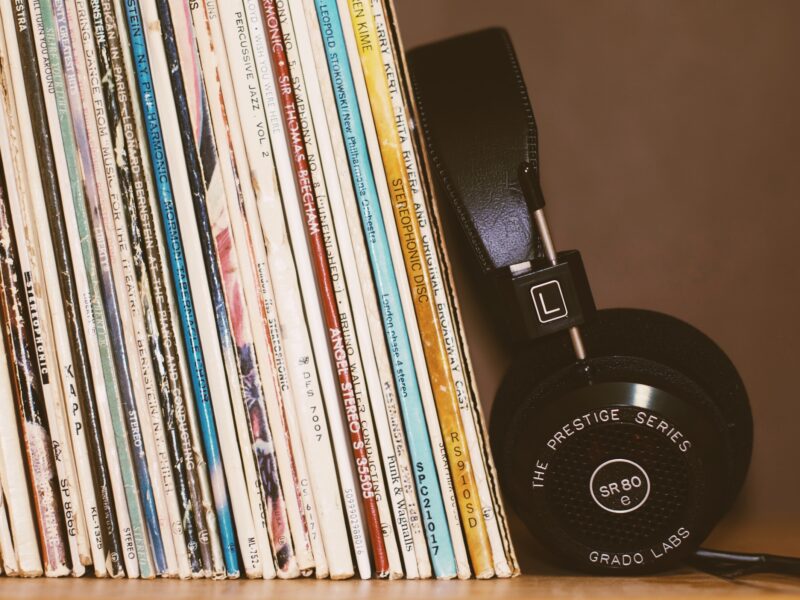Jung | Messages from the Unconscious
Jung’s growing reputation as a psychologist and his work dealing with the subconscious eventually led him to the ideas of Freud and, later, to the man himself. Over a five-year period beginning in 1907, the two men worked closely together, and Jung was widely believed to be the one who would continue the work of the elder Freud. However, viewpoints and temperament ended their collaboration and, eventually their friendship. In particular, Jung challenged Freud’s beliefs around sexuality as the foundation of neurosis. He also disagreed with Freud’s methods, asserting that the elder psychologist’s work was too one-sided. The final break came in 1912 when Jung published Psychology of the Unconscious. In it, Jung examined the unconscious mind and tried to understand the symbolic meaning of its contents. In the process, the work also took head-on a number of Freud’s theories.
But breaking with Freud had consequences for Jung. Freud closed off his inner circle to the younger psychologist, and others in the psychoanalytic community also shunned him. In 1914, he resigned from the International Psychoanalytic Society and continued undaunted in the development of his ideas. Seeking to further distinguish his work from Freud’s, Jung adopted the term “analytical psychology” and delved deep into his work. His most important development from this early period was his conception of introverts and extroverts and the notion that people can be categorized as one of the two, depending on the extent to which they exhibit certain functions of consciousness. Jung’s work in this area was featured in his 1921 publication Psychological Types. During this period he also allowed himself to explore his own mind, eventually proposing the idea that there was not only a personal unconscious but also a collective unconscious from which certain universal symbols and patterns have arisen throughout history. At the heart of analytical psychology is the interplay of these with the ego, a process he labeled individuation, by which a person develops into his or her own “true self.”
Foto di Annie Spratt



